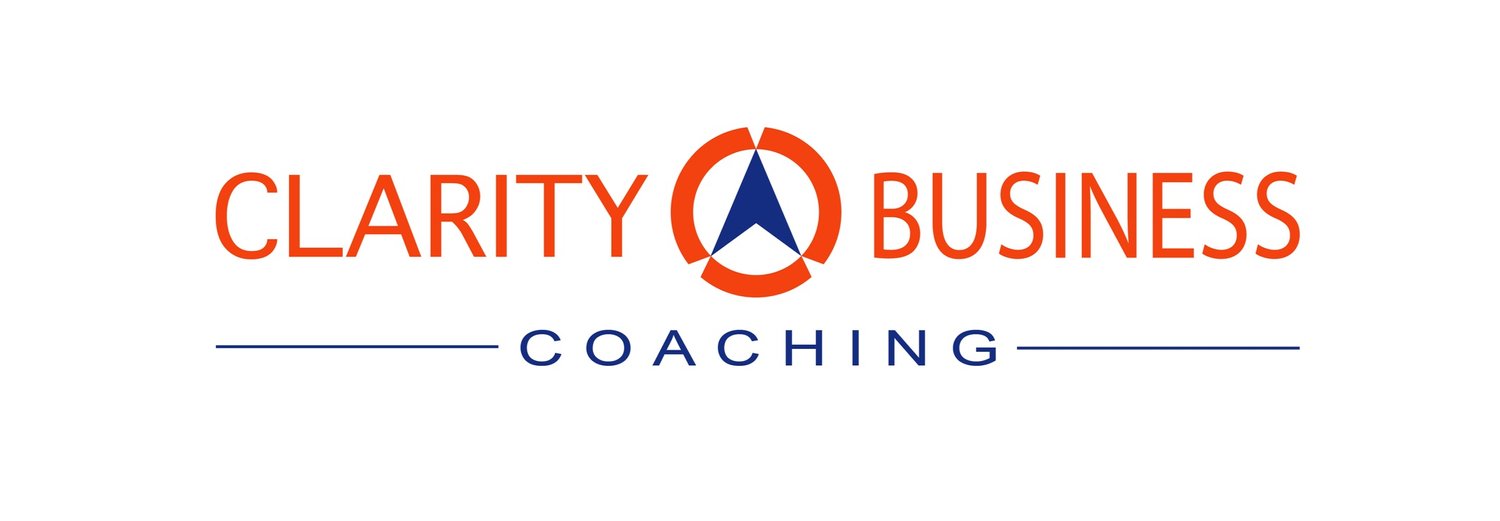Put First Things First: The Habit That Keeps You Focused When Life Gets Loud
Why Prioritizing Well Beats Hustling Hard
You've heard the phrase put first things first before—but what does that actually look like in your day-to-day life?
For me, this habit is all about choosing the important over the urgent. And yes, that’s harder than it sounds. It’s easy to let your day get hijacked by last-minute requests, overflowing inboxes, and unexpected fires. But if you don’t pause to choose what matters most, life will fill your calendar with whatever’s loudest—not what’s most meaningful.
That’s where this habit becomes powerful. When you master it, you move from reacting to designing—your day, your energy, and your business.
The Pebble and the Jar: What I Ask Every Client to Visualize
Explore Individual Coaching Options
Picture your time like a jar. If you fill it with pebbles—things like emails, admin work, or social media scrolling—you won’t have room for the big rocks like strategic planning, health, or time with family.
But if you put the big rocks in first, the small stuff fits around them. Prioritization isn’t just a calendar move—it’s a mindset shift.
The real key? Schedule what’s most important before the day gets away from you. That might mean blocking time for your team, planning your next big move, or stepping away from work entirely to reset.
If You’re Not Sure What Comes First, Start Here
Discover the Road to Success for Managers Program
If you feel overwhelmed, you’re not alone. One of the most common struggles I see in coaching is the uncertainty of what to prioritize.
When you’re unclear, start with two questions:
What matters most?
What will have the biggest impact long-term?
One of my go-to tools is the Eisenhower Matrix. It helps sort tasks into four boxes:
Urgent & Important
Not Urgent but Important
Urgent but Not Important
Not Urgent & Not Important
The goal is to spend more time in box #2—working on important things before they become urgent. That’s where clarity, creativity, and big-picture thinking happen.
And if you’re still unsure what your “big rocks” are, look at your current time habits. Are they moving you toward the life or business you want? If not, it’s time to adjust.
Overwhelm Is a Signal—Not a Failure
Workshops to Help You Reset Your Focus
Here’s the thing: When you’re overwhelmed, habit three isn’t just helpful—it’s essential. But it’s also harder to follow when everything feels like it’s on fire.
My approach? Simplify, prioritize, and take intentional action.
Start by:
Using the Eisenhower Matrix to separate noise from strategy
Time blocking 30-minute focus sessions on your biggest priorities
Saying no to tasks and commitments that don’t align with your goals
You don’t need to overhaul everything overnight. Even small wins—like setting aside 30 minutes in the morning before your phone lights up—can shift your momentum. The power lies in choosing what you won’t do as much as what you will.
Final Takeaway: Start Leading Your Time Before It Leads You
Putting first things first isn’t about being perfect with your time—it’s about being intentional. It’s a habit that takes practice, reflection, and sometimes a little trial and error. But when you start leading with your big rocks, everything else begins to fit more easily around them.
Whether you’re juggling meetings, managing a growing team, or just trying to make time for a quiet cup of coffee without your phone buzzing—this habit can shift how you operate.
I’ll be diving into the next habit in the series soon, so if you're following along with The 7 Habits, stay connected for details on the upcoming workshop.
In the meantime, take a moment today to look at your calendar and ask: Are my priorities actually on it?
